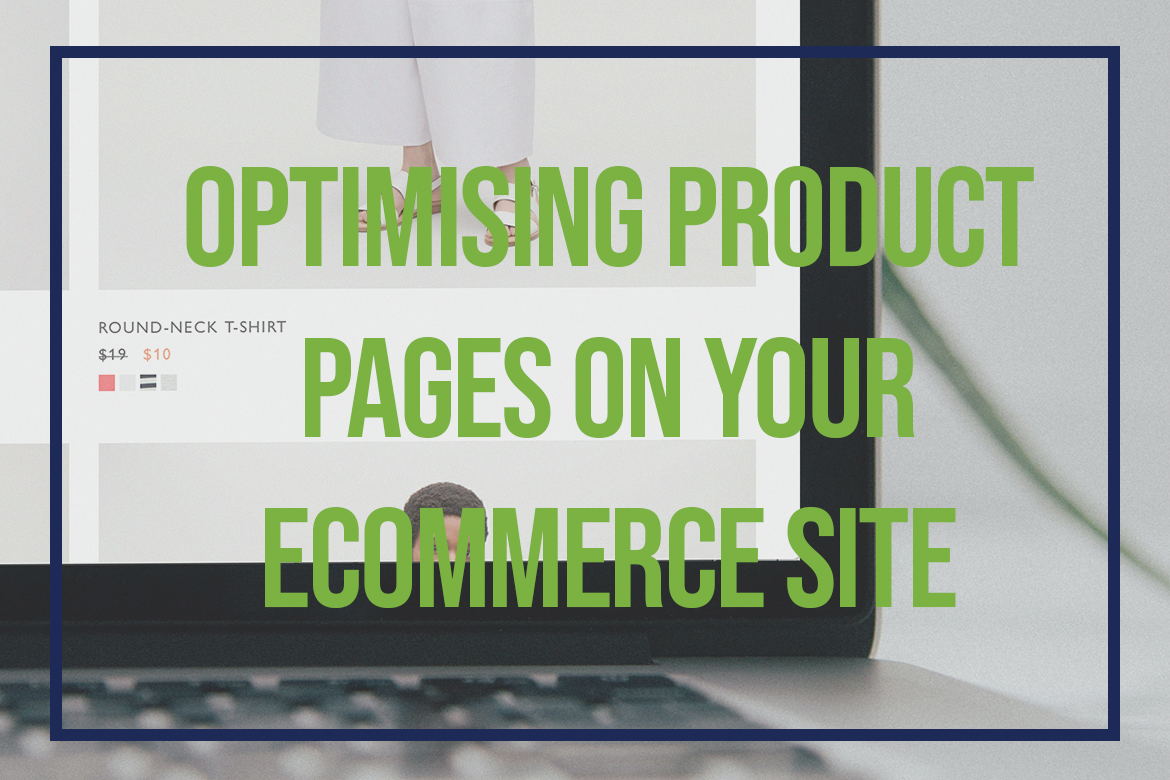Let’s talk about Ecommerce SEO and how to optimise your product page for SEO. There are lots of things to take into consideration; from product image quality to URL descriptions (and much more). If you’re keen to have the inside scoop on maximising the performance of your product pages and giving your products the best chance of being picked up on page one of all of the mainstream search engines, read on…
Product URL
The product page URL is the first thing you must consider when working on optimising your chances of views (and ultimately, sales). It is important that the URL is coherent and relevant for both end user and search engine, for readability purposes and for clarity. Here is an example…
You will benefit from a URL that reads:
https://www.example.com/products/red-butterfly-chair/
Rather than:
https://www.example.com/product_id=34?S956_DEF
Some Ecommerce platforms will limit you on optimising the product URL, however, if you are in control then here are some general guidelines for writing a clear and concise URL path:
- Make it short and descriptive, and leave out unnecessary characters (stop words such as “a”, “the”, “and”)
- Use hyphens to separate the different parts of the URL if this is not automatically done
- Always use lowercase characters
- If there are variant product attributes and product characteristics like brand name or colour avoid using numbers to differentiate between them within the URL path.
Product Images
Image optimisation for your Ecommerce site is also incredibly important. Pictures are the number one selling point for your product/s and it doesn’t matter what you are selling, you must always include images. Multiple, high quality, high resolution images will complement descriptions, keywords and headings and ultimately, must convince the buyer that what they see is what they’ll get.
Image file names
When it comes to adding your images, make sure to use meaningful file names. File names are not among the most significant SEO factors, but again, utilising coherent file names will increase your chances of ranking in a Google image search.
Here’s an example of a meaningful image file name:
https://www.example.com/`images/I/amazon-echo-blue-large.jpg`
A less meaningful example as follows:
https://www.example.com`/images/I/51TmaDI8jRL._SY300_.jpg`
Alt Text for Images
Optimising your alt text is one of the most important elements of image optimisation. You can read our dedicated blog post on all things alt text here.
The primary purpose of alt text is to ensure search engines can read and decipher what is being shown within an image and understand what it is about. Therefore, you need to be clear (and clever!) in using it.
Create product videos
A video is worth more than a thousand words! According to Google, almost 50% of internet users look for a product-related video before visiting a store – and this figure is likely to increase as the market continues to become more crammed and consumer choice widens further.
Using videos is the most realistic way to display your products. Whether it’s an explainer video or a product close-up, it gives you the chance to better and more realistically showcase your item and shows you have confidence in what you’re selling in terms of quality and in being able to match customer/s expectations.
Take a look at Everlane to see how well they use video to promote their products. If you’re in fashion or you’re selling products which require more than just a basic image, always use video, where possible. Seeing an item and its fit (e.g.) matched against a human being will increase buyer confidence and the chance of them committing to purchase.
Reduce the loading time of product pages
Slow-loading product pages decrease your Ecommerce conversions as well as your keyword rankings. Your page should ideally load within 3 seconds or less. Start by testing your product page loading speed using Pingdom’s Performance monitoring tool.
And finally…
When it comes to optimising your product and your product pages on your website these are the first steps and first considerations you should be making. By making small additions and minor improvements, you will be able to increase conversions on your product pages. The key is really making everything as easy as possible for your customers and enhancing their experience of your site, whilst giving the products you are so proud of the showcase they deserve. By helping your customer to feel informed about their purchasing decisions and options, you are much more likely to see the same customers commit to buy – and to buy again in the future.





